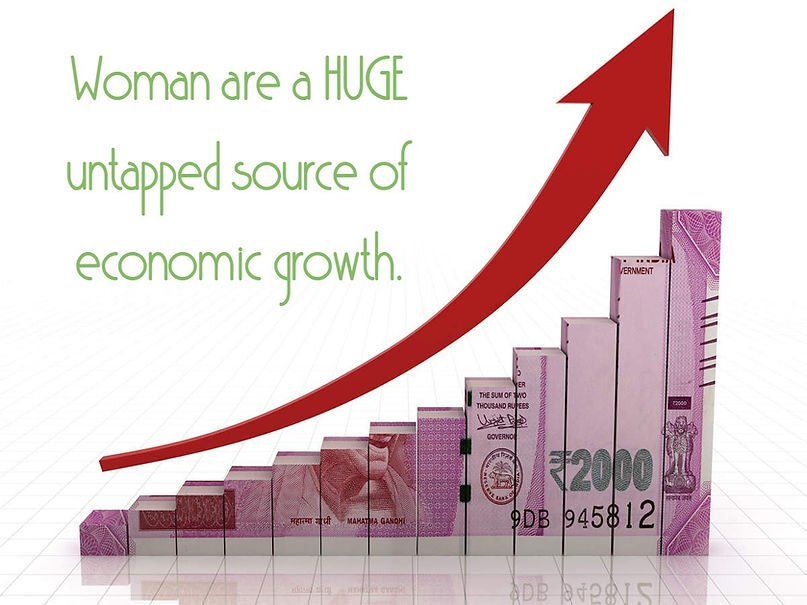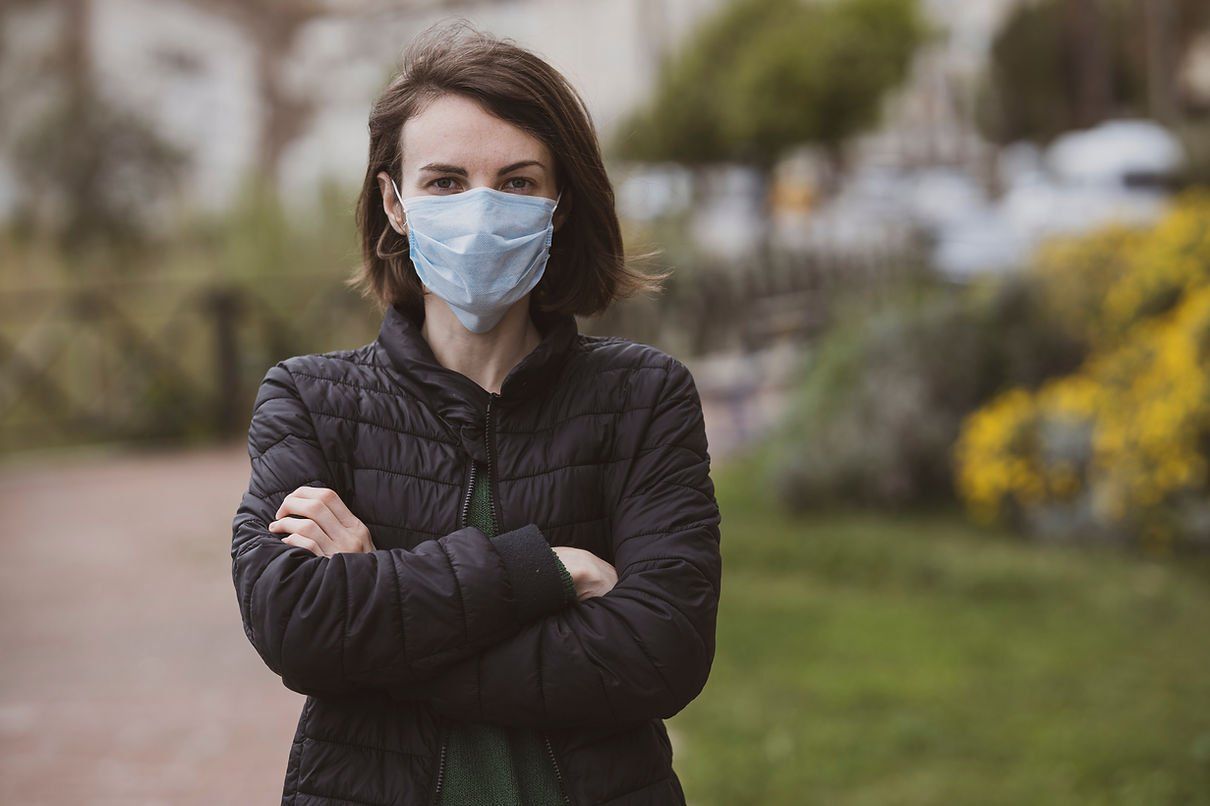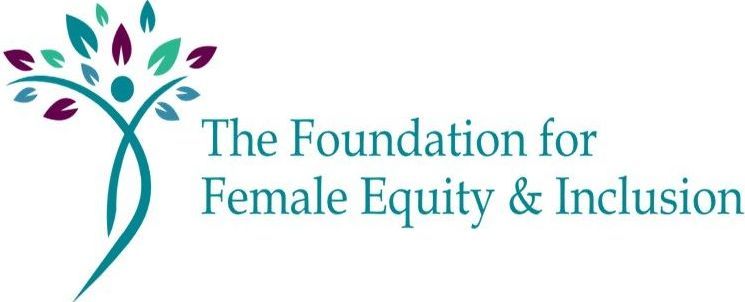Blog
By Alisha Haridasani Gupta — New York Times

The interior of Red Cross House at U.S. General Hospital #16 is seen during the 1918 Spanish Flu pandemic in New Haven, Conn. in 1919.Credit...Library of Congress
One hundred years have passed since the 19th Amendment was ratified and added to the Constitution. The year 2020 was meant to be one of celebration and commemoration. Then the pandemic came. Centennial plans ground to a halt and events were scrapped as an extraordinary era of social distancing was ushered in.
“Everything conspires against women suffrage. Now it is the influenza.”
— A suffragist quoted in the New Orleans Times-Picayune in 1918
In October 1918, Carrie Chapman Catt, the president of one of America’s national women’s suffrage movements, lay sick in bed in New York.
“She was stricken with influenza,” wrote Catt’s friend and biographer, Mary Gray Peck, referring to the Spanish flu pandemic that was rapidly tearing across the country and, by some accounts, killed close to 200,000 people in October alone.
“Chained to her bed like St. Lawrence to the gridiron. She looked and was extremely ill.”
Catt was, however, concerned with issues beyond — but not unrelated to — the pains of the flu, according to Peck.
The invisible, unpredictable force of the pandemic risked derailing her carefully planned campaign to secure women’s right to vote. The 19th Amendment was, at that moment, hanging by a thread in Congress. And the national suffrage movement, led in large part by two organizations — Catt’s National American Woman Suffrage Association and the National Woman’s Party — had managed to drum up immense momentum only to see it quickly dissipate as the country shut down public gatherings and ordered people to stay home.
“These are sad times for the whole world, grown unexpectedly sadder by the sudden and sweeping epidemic of Influenza,” Catt wrote in a letter to suffrage workers across the country. “This new affliction is bringing sorrow into many suffrage homes and is presenting a serious new obstacle in our referendum campaigns and in the Congressional and Senatorial campaigns.”
What Catt didn’t realize when she sent the letter was that the flu, along with World War I, would end up helping the suffragists’ cause, enshrining women’s right to vote in the American Constitution in 1920.
Building up good will
When the United States entered the First World War in April 1917, many suffragists across the country, particularly the National American Woman Suffrage Association, quickly aligned themselves with President Woodrow Wilson’s decision, helping to mobilize for the war effort, noted Allison Lange, a history professor at the Wentworth Institute of Technology and author of a new book on the images of the suffrage movement. Tens of thousands of nurses served in the Army and Navy Nurse corps in the United States and on the front lines of the war in Europe. Millions more women volunteered for organizations like the American Red Cross, helping roll bandages, prepare meals, pack and ship supplies, and organize fund-raisers.
Women began filling the labor gaps that the soldiers had left behind, and took up farming and working in factories, said Lange. Many were also selling citizens the so-called Liberty Loans, government bonds that helped fund the war, persuading buyers to put some of their family budget toward the war.
All of this quickly made visible women’s patriotism. “People were really seeing these women as incredibly valuable to American society,” Lange said. Posters across the country at the time depicted female nurses in their white uniforms as heroic, including one that declared that a nurse was the “greatest mother in the world.”
Library of Congress
Several prominent suffragists recognized the growing good will toward women and leveraged the moment to tie their war contributions back to demands for the right to vote. “The increasing number of women wage-earners, many supporting families and some supporting husbands, has thrown out the ‘women are represented’ argument,” Catt said in an open letter to Congress in November 1917, referring to the anti-suffrage argument that women were spoken for and represented by the men they knew.
But while Catt’s association leveraged women’s war effort, other groups, notably the highly visible National Woman’s Party, led by Alice Paul, took a different tack — pointing out the hypocrisy of fighting a war for democratic ideals abroad, while a large chunk of the American population still didn’t have the right to vote. The group picketed the White House as the war raged on, bringing with them increasingly provocative banners, for which they were imprisoned, even tortured.
A circa 1918 file photo of women demonstrating at the White House demanding voting rights. Associated Press
Despite the splintered approach, momentum kept building. And in November 1917, New York became the 12th state to grant women the right to vote. Two months later, on Jan. 10, 1918, the House handily approved the amendment to the Constitution, by a vote of 274 to 136. And on Sept. 30, 1918, President Wilson threw his support behind the amendment and urged the Senate — then controlled by his Democratic Party — to approve it too.
“We have made partners of the women in this war,” he said in the Senate Chamber. “Shall we admit them only to a partnership of suffering and sacrifice and toil and not a partnership of privilege?”
An abrupt roadblock
The day after Wilson’s resounding speech, the amendment was defeated in the Senate, falling just two votes short of the two-thirds majority.
It failed for two key reasons: Some senators weren’t comfortable with the idea of a federal mandate. Other senators, particularly southern Democrats, were opposed to the idea of the vote going to black women, explained Elaine Weiss, author of “The Woman’s Hour: The Great Fight to Win the Vote.”
“The southern senators were saying two things: If black women can vote, they’re going to vote for the party of Lincoln, which is Republican, and these are all Democratic Deep South states,” explained Weiss. “And there was the idea that if black women can vote, they might think they’re socially equal too and then the whole premise of white supremacy is eroded.”
In fact, the suffragists, recognizing this resistance, had minimized the role and visibility of black women in their national campaigns in an attempt to appeal to a wider audience.
A few days after the defeat in the Senate, the Spanish flu hit Washington, D.C., hard. Representative Claude Kitchin, a Democrat from North Carolina and the House majority leader, came down with the flu on Oct. 6. The House speaker, Champ Clark, also fell ill. On Oct. 7, Congress closed its public viewing galleries. Hundreds of deaths were reported in the capital every week. By mid-October, with most lawmakers either out sick or tending to the sick, almost all legislative action ground to a near halt, except for a few brief pro forma sessions.
On top of all this, the midterm elections in early November were approaching. But then, as now, political activities, like rallies and speeches, were suspended.
At this point, suffragists across the country, bruised by their defeat in Congress, were determined to oust the senators who voted against the amendment. They also needed to campaign in Oklahoma, Louisiana, South Dakota and Michigan, where state-level referendums on extending voting rights to women would be held.
But the epidemic left them “really hamstrung,” said Weiss.
Mask-wearing women hold stretchers near ambulances during the Spanish Flu pandemic in St. Louis, Mo. in October 1918.Library of Congress
In Louisiana, “all was ready for beginning a whirlwind campaign on October 1, when suddenly just before that date the influenza epidemic broke out and no assembling of people was allowed,” wrote the suffragist Elizabeth Cady Stanton in her book “History of Woman Suffrage.”
“Everything conspires against women suffrage. Now it is the influenza,” lamented one local suffragist in The New Orleans Times-Picayune.
In Chicago, on Oct. 26, the Illinois Equal Suffrage Association went ahead with its planned annual convention, although chairs were set four feet apart and the general public was barred from attending. The suffragists, however, “showed their scorn of the flu germ by appearing maskless,” according to The Chicago Tribune.
In Wyoming, in late October, the influenza pandemic was “so bad that it was considered immoral for six women to meet in a parlor,” one suffragist wrote in a letter. The “only way was to campaign by dodgers and street signs.”
Forced to all but abandon public gatherings, the suffragists “burned up the telephone lines and sent letters and took out ads in newspapers,” said Weiss. All in the hopes that men would vote in favor of women’s suffrage in the referendums.
There was also a growing demand for nurses across the country to help fight the pandemic. Women, including many suffrage workers, fanned out to tend to the sick, further depleting the campaign’s resources.
The need for nurses became so urgent that the Red Cross reversed its previous hesitation to deploy black nurses. Until that point, black women were, in theory, allowed to serve as nurses but were not actually sent out as part of the war effort, according to the American Journal of Public Health. But as the pandemic peaked, “a number of our nurses have been sent to homes that hitherto have not been opened to colored nurses,” said Adah Belle Thoms, president of the National Association of Colored Graduate Nurses.
And so the flu became “a really important moment for gender, but also race,” said Lange. This was a moment when “Americans see that women are valuable in general, but also that women of color are valuable.”
Getting the green light
In the November elections, the Democrats lost control of the Senate, with several new pro-suffrage lawmakers voted in. And the referendums in Michigan, South Dakota and Oklahoma passed too.
“It seems like the 1918 flu pushed politicians and the people who really subscribed to this rhetoric about women’s patriotism and contributions as caregivers to the next level,” said Lange.
The next year, both the House and the Senate approved the amendment, setting off an intense ratification campaign around the country before it was finally entered into the Constitution in 1920.
Lessons learned
Women lining up to vote in Jersey City primary election in 1920 after passage of 19th Amendment.United Press International
A century later, as the coronavirus pandemic brings America to a standstill again just as the country was gearing up for celebrations to mark the amendment’s centennial, the suffragists’ near-miss provides us with valuable lessons, said Weiss.
“It takes persistence and taking disappointment and turning it into momentum,” she said. “These women were masters at protesting but they were never just protesters. They used all the tools of democracy and learned to use the system to change the system.”
What else is happening
Here are three articles from The Times you may have missed.
Marine Corps recruits at Parris Island getting checked for weapons after a drill. Hilary Swift for The New York Times
- “We’ve been successful making Marines, so why should we change?” Keeping men and women in separate platoons during recruit training is the last stand for the Marine Corps, which has been slow to move toward gender integration. [Read the story]
- “Something about being a woman is protective.” Scientists in New York and California are trying to figure out why more men than women are dying of the coronavirus by treating patients with estrogen and progesterone. [Read the story]
- “Our current situation is posing fundamental challenges to the idea that personal and professional identities can be kept separate.” The coronavirus has exposed uncomfortable truths about working families in America, making clear how demanding and round-the-clock raising children can be. [Read the story]
Correction: The In Her Words newsletter, last week, described incorrectly the status of the Equal Rights Amendment. It was passed by Congress in 1972, but it has not yet been ratified.
In Her Words is written by Alisha Haridasani Gupta and edited by Francesca Donner. Our art director is Catherine Gilmore-Barnes, and our photo editor is Sandra Stevenson.
#womenssuffrage #COVID19 #womensmovement #femaleequity




